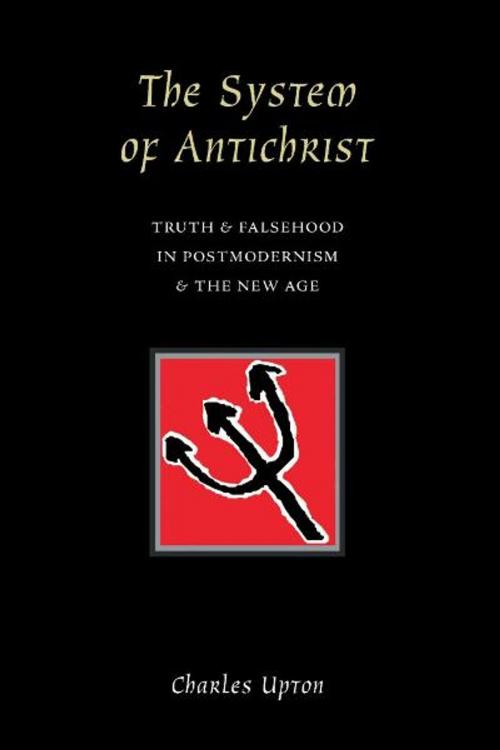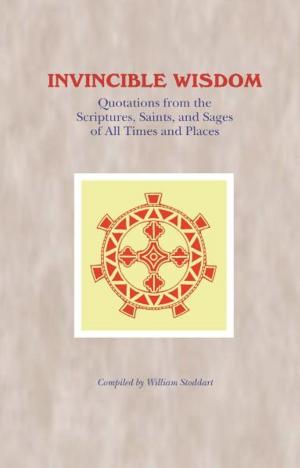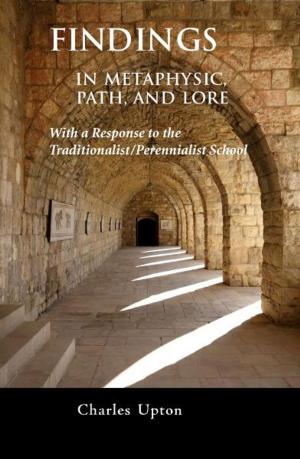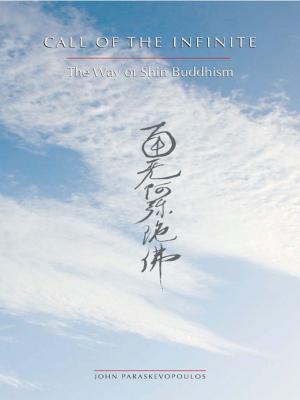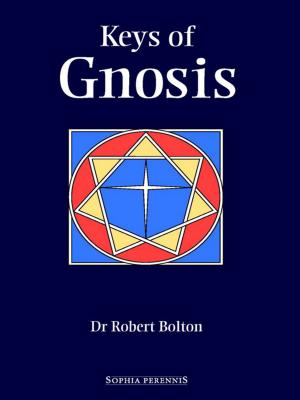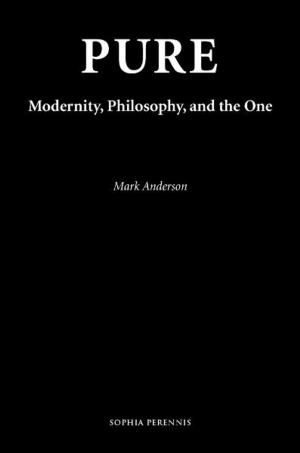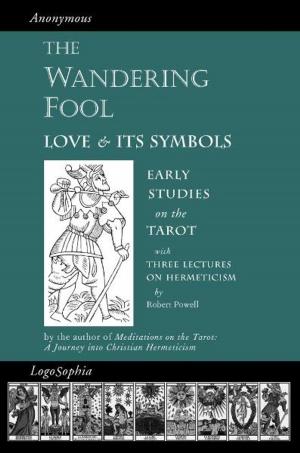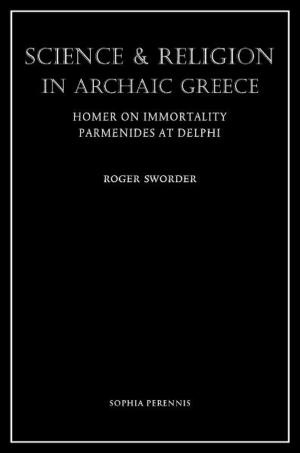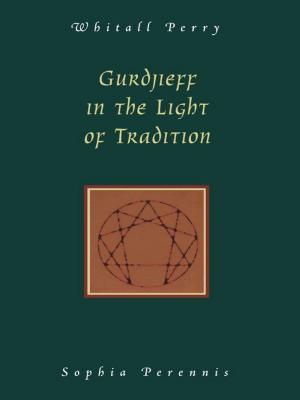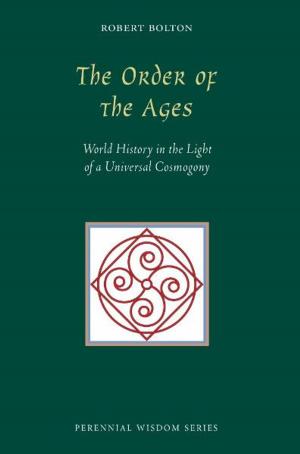The System Of Antichrist
Truth and Falsehood in Postmodernism and the New Age
Nonfiction, Religion & Spirituality, Reference, Eschatology| Author: | Charles Upton | ISBN: | 9781597319515 |
| Publisher: | Sophia Perennis | Publication: | July 1, 2001 |
| Imprint: | Sophia Perennis | Language: | English |
| Author: | Charles Upton |
| ISBN: | 9781597319515 |
| Publisher: | Sophia Perennis |
| Publication: | July 1, 2001 |
| Imprint: | Sophia Perennis |
| Language: | English |
The System of Antichrist examines the present religious and cultural scene from the standpoint of traditional metaphysics and critiques the New Age spiritualities within their postmodern context. Its many references to Rene Guenon and Frithjof Schuon also help introduce these important but little-known ‘traditionalist’ thinkers. The book presents lore relating to the ‘latter days’ of the present cycle from the vantage point of comparative religion, drawing upon relevant doctrines from Buddhism, Hinduism, Judaism, Christianity, Islam, Zoroastrianism, and the Native American traditions. It also speculates upon the social, psychic, and spiritual nature of that being known to Christianity, Judaism, and Islam as the Antichrist, presenting him as both an individual and a system and warning those willing to be warned against the spiritual seduction and terror he represents, and against the regime which will be—and is—the social expression of that seduction and that terror. Finally, in tracing the roots of Antichrist in the fallen nature of man, the author sketches the particular quality of spirituality proper to apocalyptic times, the dangers it faces, the unique opportunities open to it. And along the way he describes his own course from the ‘spiritual revolution’ of the 1960s, through the world of New Age spiritualities, to the threshold of traditional esoterism and metaphysics. As he says, speaking of the angst that characterizes the modern world: The specific medicine for the shock of despair is the deeper shock of meaning. Nothing but the weight of eternity, breaking through the thin, brittle shell of the postmodern sky, can set us on our feet.
The System of Antichrist examines the present religious and cultural scene from the standpoint of traditional metaphysics and critiques the New Age spiritualities within their postmodern context. Its many references to Rene Guenon and Frithjof Schuon also help introduce these important but little-known ‘traditionalist’ thinkers. The book presents lore relating to the ‘latter days’ of the present cycle from the vantage point of comparative religion, drawing upon relevant doctrines from Buddhism, Hinduism, Judaism, Christianity, Islam, Zoroastrianism, and the Native American traditions. It also speculates upon the social, psychic, and spiritual nature of that being known to Christianity, Judaism, and Islam as the Antichrist, presenting him as both an individual and a system and warning those willing to be warned against the spiritual seduction and terror he represents, and against the regime which will be—and is—the social expression of that seduction and that terror. Finally, in tracing the roots of Antichrist in the fallen nature of man, the author sketches the particular quality of spirituality proper to apocalyptic times, the dangers it faces, the unique opportunities open to it. And along the way he describes his own course from the ‘spiritual revolution’ of the 1960s, through the world of New Age spiritualities, to the threshold of traditional esoterism and metaphysics. As he says, speaking of the angst that characterizes the modern world: The specific medicine for the shock of despair is the deeper shock of meaning. Nothing but the weight of eternity, breaking through the thin, brittle shell of the postmodern sky, can set us on our feet.
